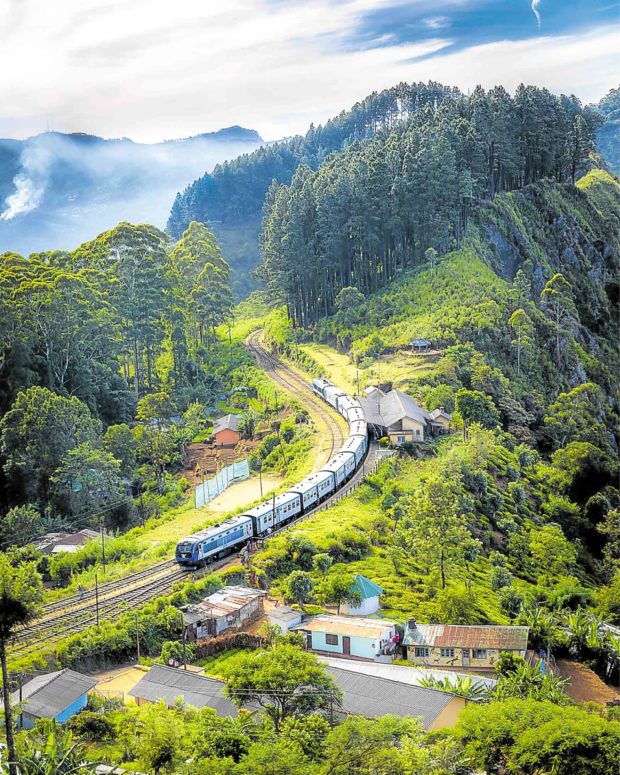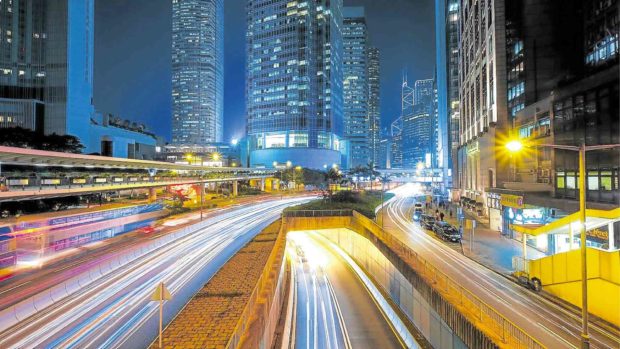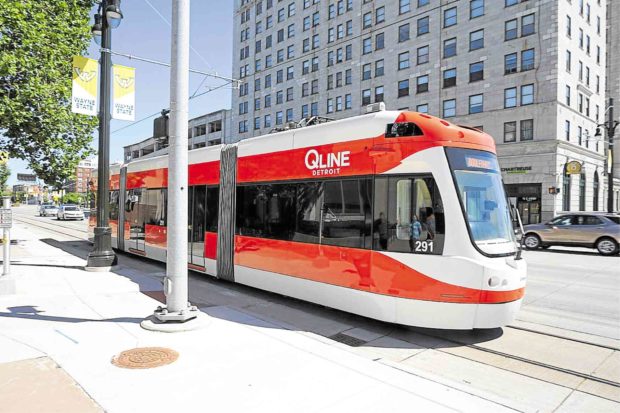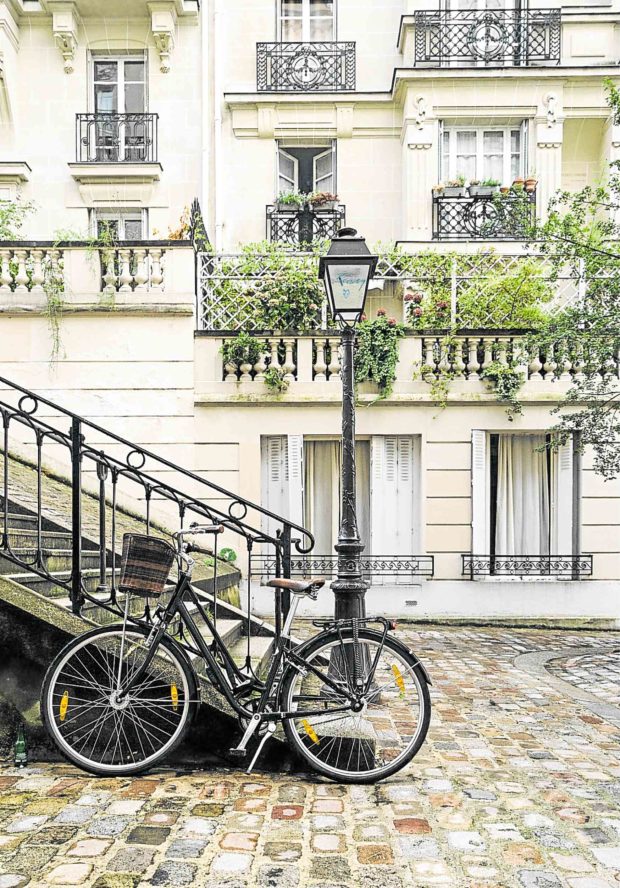The roads less taken
More often than not, there is one thing that people overlook when buying a house: the road.
Even though this infrastructure lies outside your property’s perimeter, it affects the value and accessibility of your land. Roads often dictate the price tag of land and property and should therefore be a crucial factor to consider when buying a home.
Here is why they should be taken more into consideration when purchasing a property.
From highways to cul-de-sacs
Generally, the more private the road is, the more it commands value. People tend to prefer homes that offer some form of seclusion as these allow them to rest well and re-energize after a day of hard work.
According to Devon Thorsby, Real Estate Editor of the US News & World Report, the type of road near your home can influence its resale value.
A home located along a high-traffic road is the least desirable, offering limited shelter from noise, traffic and pollution. One that is located near a traffic light or a highway is also not ideal for the same reasons.
Small details such as a double yellow line on the street may indicate that many vehicles pass through the road. Lastly, a house located along the railroad tracks may sometimes drive people away. If you’re thinking of buying one, check out the trip schedules to ensure that the trains won’t keep you up at night.
More private access ways, meanwhile, increase your chances of reselling your home.
A home located on a cul-de-sac or a dead end street is ideal as it has limited public access. Dirt roads, surprisingly, are preferred by a particular market who want to live away from the hustle and bustle of the city.
Alleys are great as only pedestrians will use the road, while brick or cobblestone paving implies that your house is part of an important historical district. One way streets offer privacy but can be limiting if you’re always running late.
These trends, however common, are not always applicable. In the Philippines, for example, the development of highways in Cavite, Laguna, and Parañaque has paved the way for more subdivisions in the south.
Condominium units along the busy roads of Makati and Ortigas still command top price. While many people still prefer a private environment to live in, easy accessibility increases a property’s demand.
Anticipating progress through streets
Given the importance of roads in our communities, developers have begun to focus on them. The “Build, Build, Build” project of our current government has introduced new roads, streets, airports and other infrastructure across the country. This has transformed rural areas into budding cities and has greatly pushed our country’s economic growth.
What can we expect from the numerous construction projects that are being undertaken by the government? If we are to consider similar projects launched in other countries, we can anticipate better living conditions everywhere, even beyond the major cities.
As an example, the M1 Railway improved its host city Detroit’s public infrastructure. It led to the creation of new commercial shops along its route, providing business opportunities to small-time entrepreneurs. The railway also linked the people of Detroit to jobs, medical institutions and downtown entertainment venues. While the railway system continues to be in development, the project has proven to be helpful in easing the commuting experience of locals.
Even the simple conversion of one-way streets to two-way ones can help propel housing and economic welfare in neighborhoods. A study conducted by William Riggs and Bruce Appleyard in America tracked the impact of two-way street conversions of six cities from 2004-2011. While there were many factors that could have influenced the economic situation of the subjects, the study concluded that conversions into two-way streets coincided with increased incomes and housing provisions.
Developing more infra
Beyond streets, railways and roads, however, there are other facilities that play crucial roles in running a city. Power, water, health and education are some of the things that have to be kept in mind. While building more roads can help make cities more accessible, focusing on other types of infrastructure would allow all sectors of the city to develop as a whole.
Overall, roads play an important part in city development.
If these transportation nodes are developed the right way, we can expect less traffic and more opportunities in our cities. Provided that other public infrastructure is developed alongside our streets, different parts of our country can hope for a brighter future in the coming years.
If you’re planning to buy a new house or condominium unit, consider the roads and public infrastructure present in your potential vicinity. You might be surprised how these elements shape your neighborhood and eventually affect your property’s value in the future.
Sources:
citylab.com
realestate.usnews.com
SenuScape from Pexels.com
DavidMark from Pixabay.com
www.bridgemi.com
Michael Barera via Wikimedia Commons



